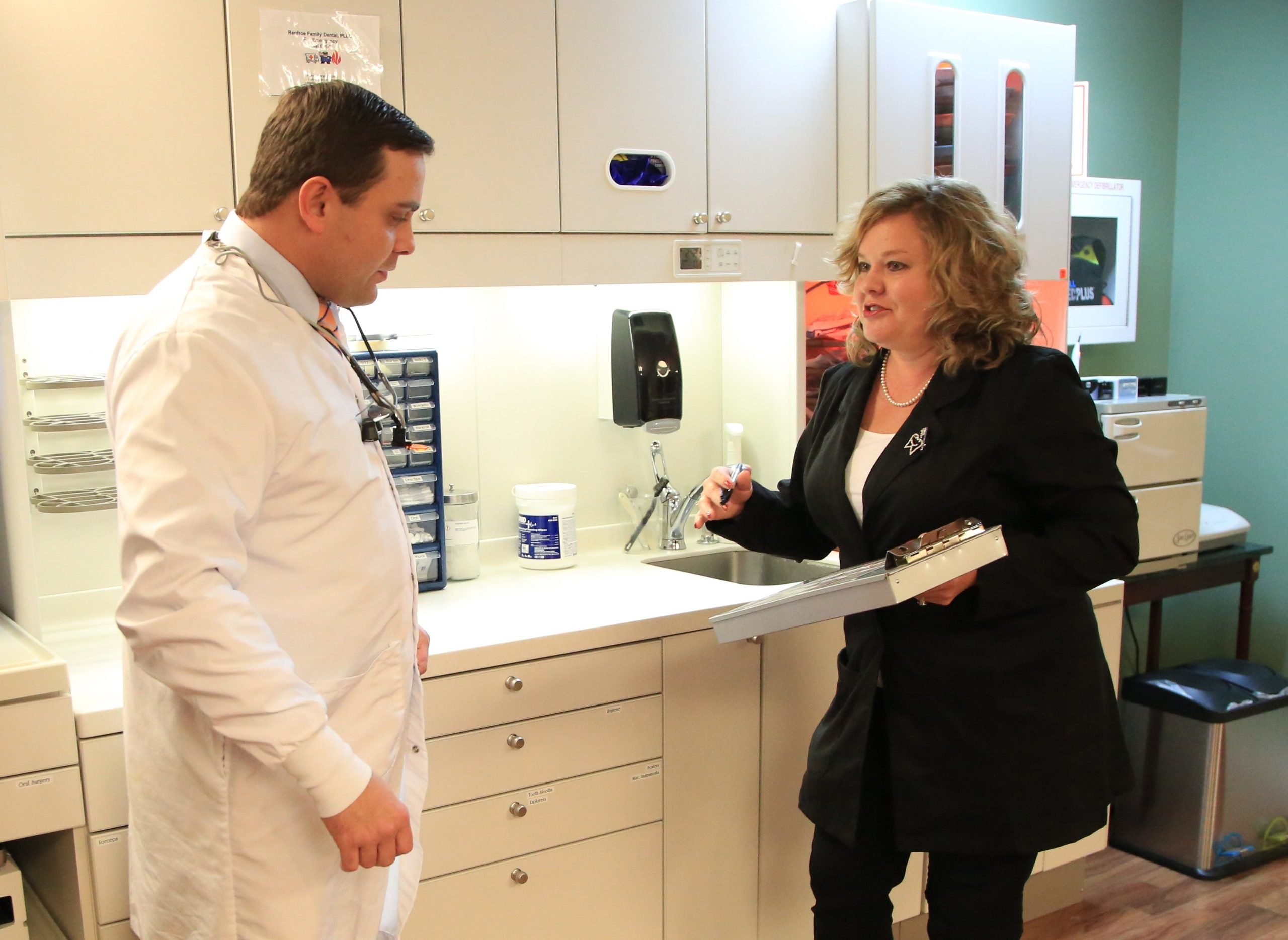OSHA’s Emergency Temporary Standard for Occupational Exposure to COVID-19 and the Meaning of GRAVE DANGER

by Olivia Wann, BS, JD
As many of you are aware, OSHA published the Emergency Temporary Standard known as ETS. Generally, dental offices are not subject to ETS if they can answer ALL 3 OF THESE CONDITIONS AS “YES”:
- If it is a non-hospital ambulatory care setting;
- ALL non-employees are screened prior to entry; and
- People with suspected or confirmed COVID-19 are not permitted to enter
If you are not meeting all of these conditions, then OSHA’s ETS applies. The ETS is several hundred pages in length.
With that said, if the ETS does not apply, you must continue to comply with CDC’s recommendations for dental settings during COVID-19. The most recent guidance is available at this link: (December 4, 2020) .
https://www.cdc.gov/coronavirus/2019-ncov/hcp/dental-settings.html
This is subject to change any day.
If your entire team is vaccinated against COVID-19 and you prohibit entry of suspicious or confirmed COVID-19, your risk is extremely low. ADA indicates that the data shows that in general, dental practices have been very safe during this pandemic.
What did OSHA mean by stating health care workers are in “grave danger”? According to the ETS, in determining the type of health effects that may constitute a grave danger, this means that the danger of incurable, permanent, or fatal consequences to workers as opposed to easily curable and fleeting effects on their health. Health care workers who work with suspicious or confirmed COVID-19 patients are in grave danger. This is why we emphasize the importance of meeting the conditions of the ETS to be exempt if you are a non-hospital ambulatory care setting.
OSHA presented interesting numbers:
- Unvaccinated people of working age (18-64 years old) have a 1 in 217 chance of dying when they contract the disease
- When broken down by age range, that includes a 1 in 788 chance of dying for those aged 30-39
- A 1 in 292 chance of dying for those aged 40-49, and
- As much as a 1 in 78 chance of dying for those aged 50-64.
We indicated in our previous newsletter that even if the ETS does not apply to you, you must maintain a COVID-19 plan, conduct a hazard assessment and train your team.
We can help sort this maze. If you are an Annual Audit Ready subscriber, you will get the updates as part of your package at no added charge. If you are not a subscriber, we can help you get on board or we can provide a quote for the missing pieces of your puzzle.
At Modern Practice Solutions, we are dedicated to helping your office to achieve compliance. We are prepared that if CDC publishes a new update for dentistry (which we expect any day now), we will provide insight for you on how to get up to speed with any changes.




